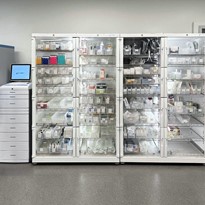Manual handling covers a wide range of activities including lifting, pushing, pulling, holding, restraining, throwing and carrying. It includes repetitive tasks such as packing, typing, assembling, cleaning and sorting, using hand-tools, operating machinery and equipment, and handling animals or people.
Not all manual handling tasks are hazardous, but because most jobs involve some form of manual handling, most workers are at some risk of developing a manual handling injury.
Good posture and lifting techniques can help reduce the risks associated with manual handling, but research indicates that making changes to workplace design is the most effective way to prevent injury.
- According to Safe Work Australia, there were approximately 114,100 serious claims of work related injuries in Australia (in 2018) with a frequency rate of around 5.7 claims per million hours worked
Manual Handling – identifying workplace hazards
Some factors in the workplace may increase the risk of an injury occurring.
Hazards can be identified in different ways:
- Walk through the workplace and look for potential hazards.
- Talk over risk factors with workers.
- Check through injury records to help pinpoint recurring problems.
- Regularly monitor and update risk identification.
A detailed process, including requirements for identifying hazardous manual handling and implementing risk controls, is available from safe work Australia.
Manual Handling – assessing the risks
Typical risk factors that can increase the risk of injury include:
- Type of work – working in a fixed posture for a prolonged period of time
- Layout of the workspace – a cramped or poorly designed workspace can force people to assume awkward postures, such as bending or twisting
- Weight of an object – a heavy load may be difficult to lift and carry
- Location of an object – heavy objects that have to be lifted awkwardly, for example above shoulder height or from below knee level
- Duration and frequency – increasing the number of times an object is handled or the length of time for which it is handled
- Condition of an object – more effort may be required to manipulate badly designed or poorly maintained equipment
- Awkward loads – loads that are difficult to grasp, slippery or an awkward shape
- Handling a live person or animal – lifting or moving a person or animal can cause sprains and other injuries.
Manual Handling – reducing or eliminating risks
Once workplace hazards have been identified, several things can be done to control the risk of manual handling injuries. These tips can help reduce injury at home as well as at work.
Safety suggestions include:
- Change the task – ask “Does this task need to be carried out”? If so, does it have to be done this way?
- Change the object – for example, repack a heavy load into smaller parcels
- Change the workspace – for example, use ergonomic furniture and make sure work benches are at optimum heights to limit bending or stretching
- Change the environmental conditions – including heat, cold and vibration
- Use mechanical aids – such as wheelbarrows, conveyor belts, cranes or forklifts
- Change the nature of the work – for example, offer frequent breaks or the chance to do different tasks
- Offer proper training – inexperienced workers are more likely to be injured
Manual Handling – protecting your back
A person’s back is particularly vulnerable to manual handling injuries. Safety suggestions include controlling risk factors in the workplace, in addition to personal control factors:
- Lift and carry heavy loads correctly by keeping the load close to the body and lifting with the thigh muscles.
- Never attempt to lift or carry loads if you think they are too heavy.
- Pushing a load (using your body weight to assist) will be less stressful on your body than pulling a load.
- Use mechanical aids or seek assistance to lift or carry a heavy load whenever possible.
- Organise the work area to reduce the amount of bending, twisting and stretching required.
- Take frequent breaks.
- Cool down after heavy work with gentle, sustained stretches.
- Improve your fitness and flexibility – exercise regularly to strengthen muscles and ligaments and reduce excess body fat.
- Warm up cold muscles with gentle stretches before engaging in any manual work.
In healthcare settings such as emergency services, aged care and hospitals, injuries can often come from lifting and moving people or heavy objects, or a lot of bending, twisting or reaching. Examples of this kind of work are transferring a patient from bed to chair, helping a patient who has fallen, and handling trolleys and wheelchairs. Tasks like these may involve hazardous manual handling activities, which can lead to musculoskeletal disorders like sprains and strains to the back and shoulders. See ‘hazardous manual handling’ for detailed information.
- Hazardous manual tasks are the largest cause of occupational injury to nurses and midwives.
- Musculoskeletal injuries from patient handling activities account for a considerable number of manual handling injuries to nurses, midwives and other healthcare workers.
- Insured and uninsured costs of manual handling tasks add significantly to lifting, supporting and moving patients
- Moving and handling equipment such as wheelchairs and trolleys
- Slips, trips and falls
- the cost of providing health care, aged care and community services.
- A large proportion of manual task-related injuries are preventable.
- Shoulder and back injuries incurred by nurses and midwives often result in long-term or permanent disability.
Professional Advice About Manual Handling
Your workplace occupational health and safety coordinator can give you advice about managing the risks associated with manual handling.
Organisations such as WorkSafe or unions can offer information and advice on modifying the workplace or work practices to reduce the risk of manual handling injuries.
Where To Get Help
- Your manager or supervisor
- Your elected Health and Safety Representative and your workplace occupational health and safety coordinator
- Your doctor
- Worksafe Australia


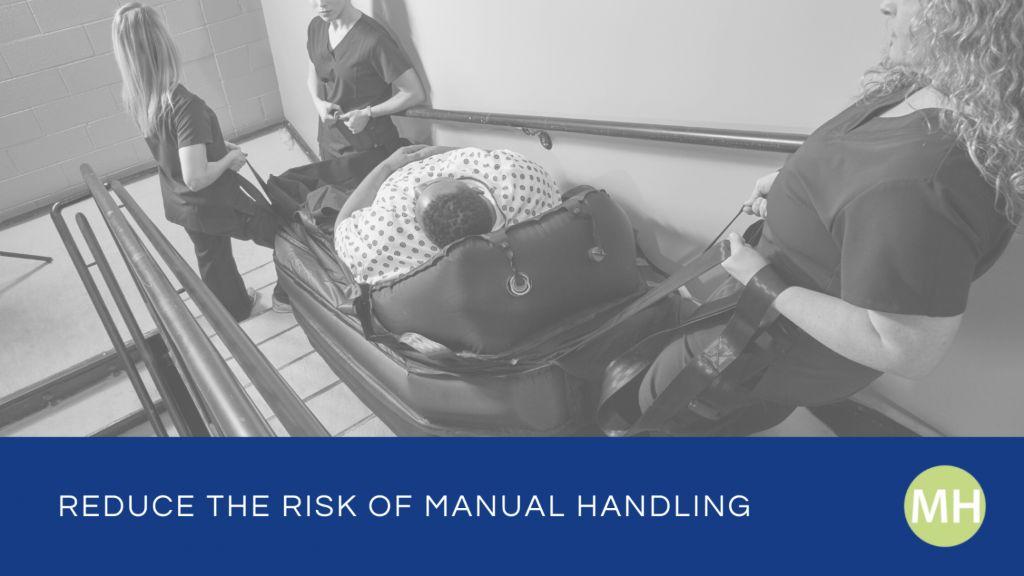
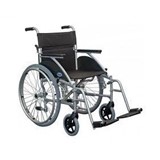


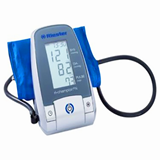


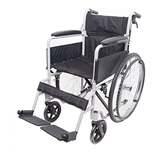
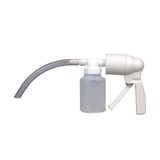


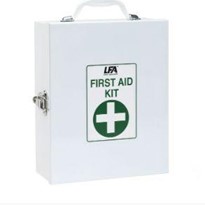
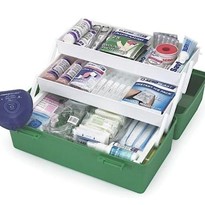
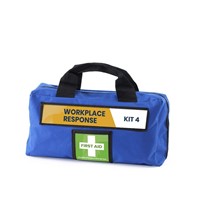
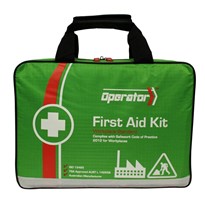
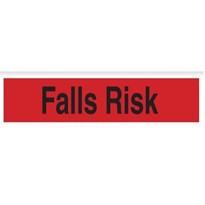




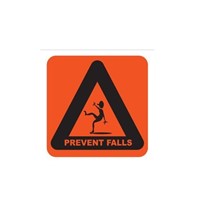

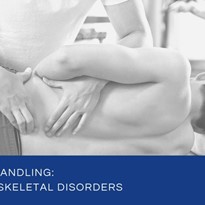

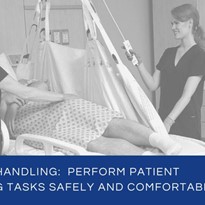
-205x205.jpg)
